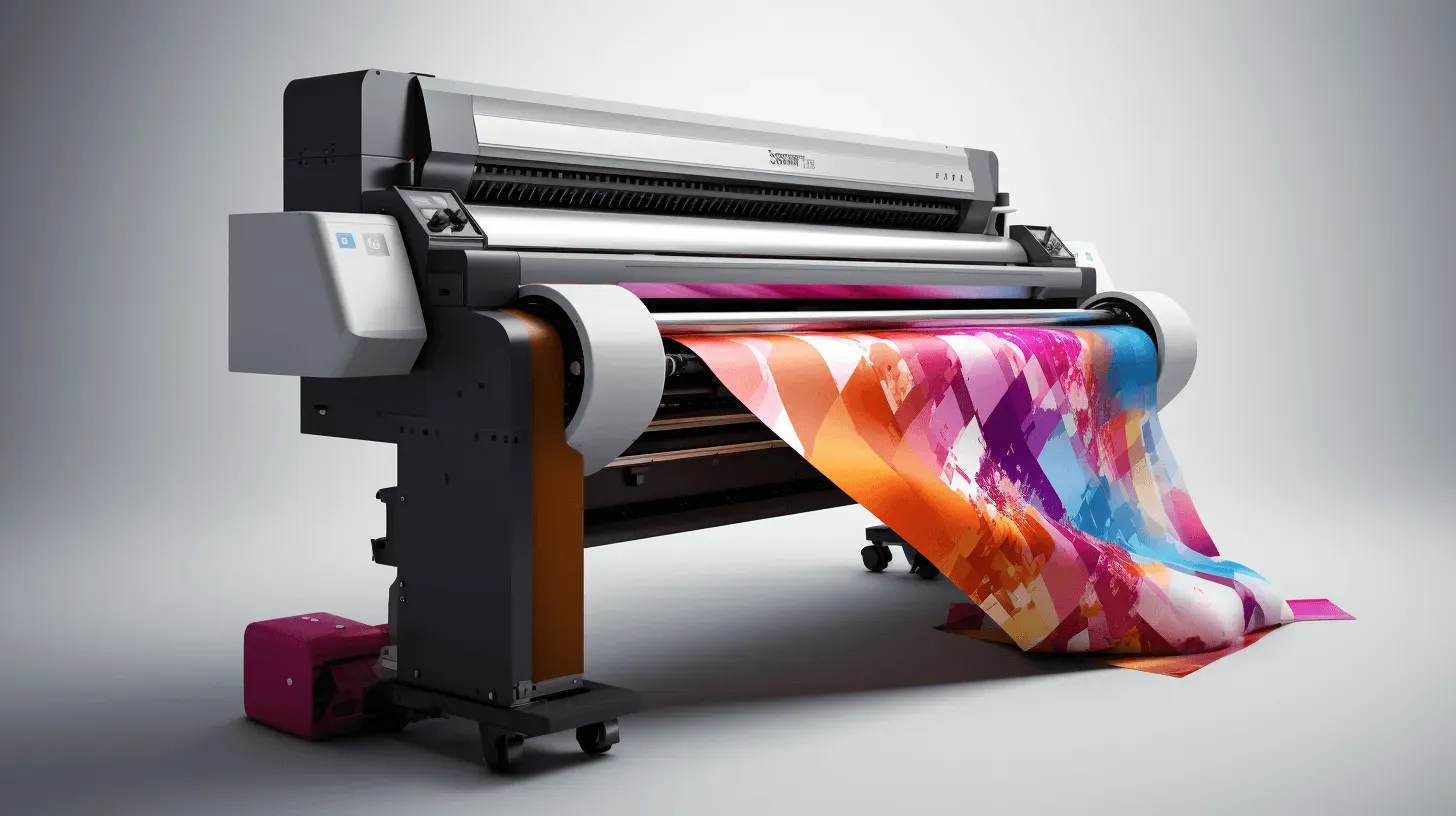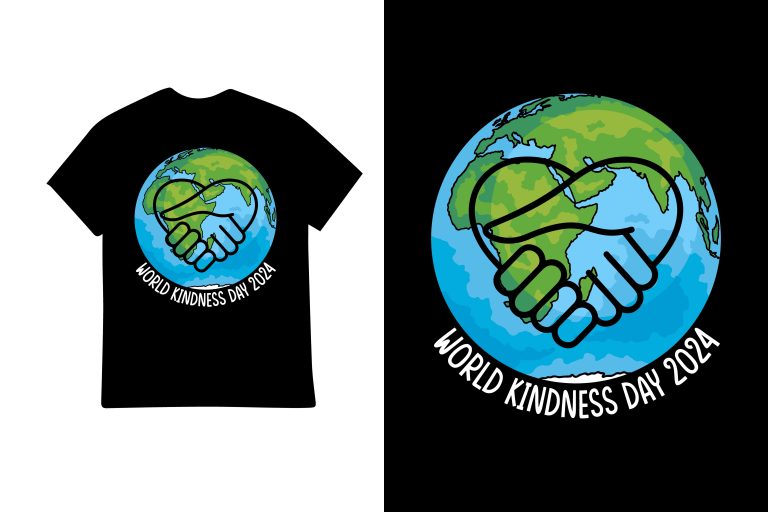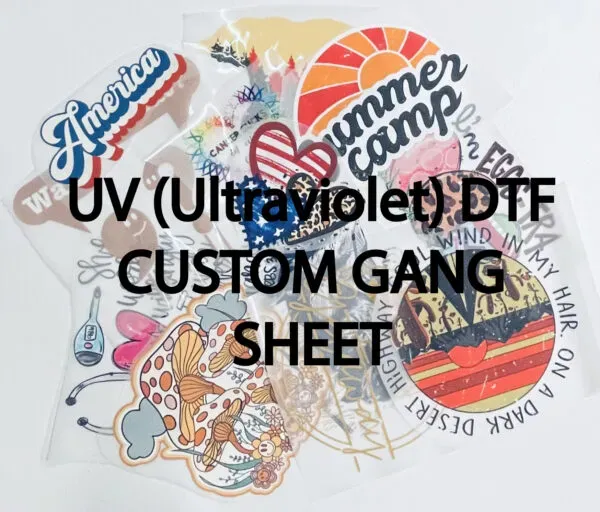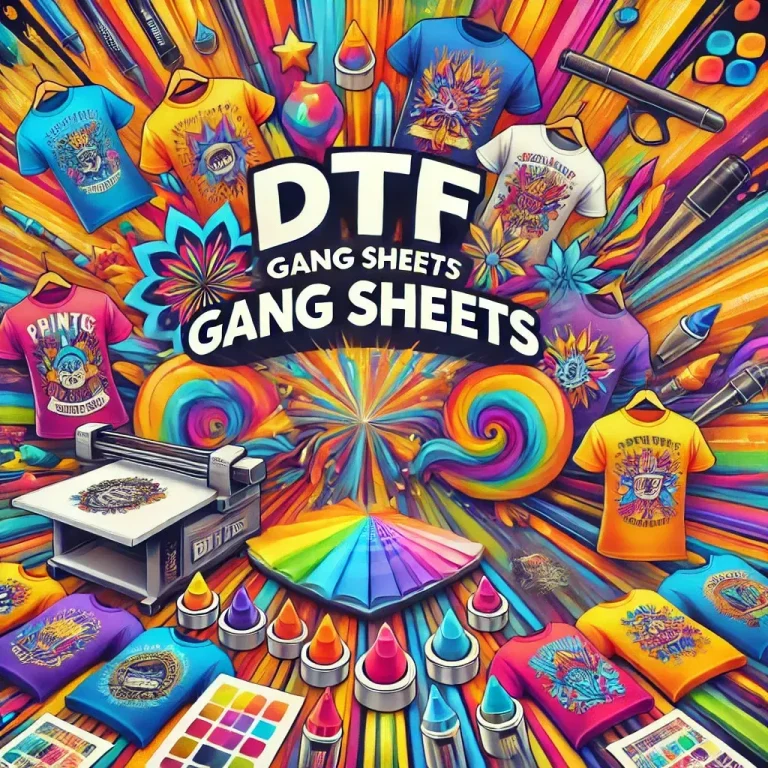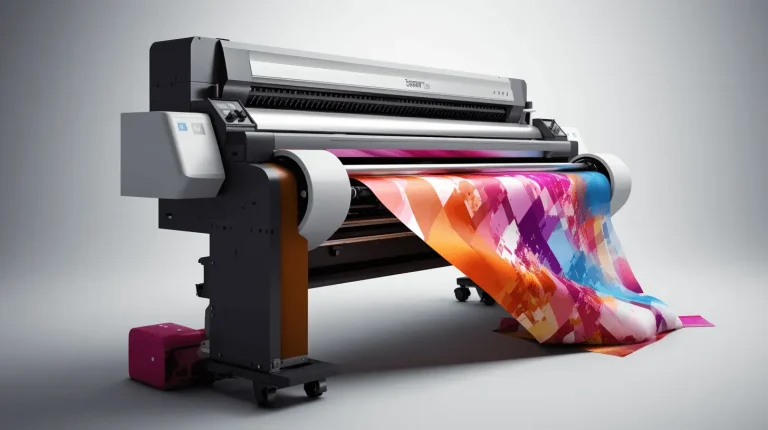DTF Printing: Pros and Cons Compared to Screen Printing
DTF printing, short for Direct-to-Film printing, is revolutionizing the custom apparel industry with its innovative approach to fabric printing. As businesses strive for high-quality and vibrant designs, DTF printing stands out as a modern solution that combines efficiency and detail. This technique allows for crisp, colorful prints on a variety of fabrics, making it a favorable alternative to traditional methods like screen printing. In this article, we’ll explore the pros and cons of DTF printing alongside screen printing to help you determine the best option for your custom apparel printing needs. Stay tuned as we dive deep into the unique features, benefits, and potential drawbacks of these two popular printing methods.
Also known as Direct-to-Film printing, this method has been gaining traction as more individuals and businesses seek to create custom apparel with intricate graphics. With its ability to produce vibrant and detailed designs across various fabric types, many are now considering adopting this cutting-edge printing alternative. In our exploration, we will compare DTF printing to the well-established technique of screen printing, focusing on their respective advantages and disadvantages. Whether you’re a budding entrepreneur or a fashion designer, understanding these printing processes can significantly impact your design choices and production efficiency. Join us as we unpack the essentials of DTF printing and its standing against screen printing in the realm of custom apparel.
DTF Printing: The New Contender in Custom Apparel Printing
DTF (Direct-to-Film) printing has rapidly emerged as a popular option in the realm of custom apparel printing, offering distinct advantages that cater to the evolving needs of designers and businesses alike. This innovative technology allows for the transfer of intricate designs onto various types of fabric including cotton, polyester, and even blends. One of the standout features of DTF printing is its capacity to produce vibrant colors and detailed graphics, making it ideal for custom artwork that requires high fidelity and specificity.
Furthermore, DTF printing has drawn attention for its lower setup costs compared to traditional methods like screen printing. This affordability is particularly beneficial for small businesses or individual designers who may not need large order volumes but still desire high-quality prints. The versatility and efficiency of DTF printing make it an enticing alternative for anyone looking to explore new possibilities in garment decoration.
Screen Printing Advantages: Why It Remains Popular
Despite the advent of newer technologies, screen printing continues to be a favored method for custom apparel printing due to its proven durability and cost-effectiveness in large volumes. One of the primary advantages of screen printing is its longevity; screen-printed designs can withstand numerous washes without significant wear, ensuring the print remains vibrant and intact over time. This durability is a major selling point for businesses that prioritize quality and longevity in their products.
Moreover, screen printing thrives in environments where high-volume orders are the norm. The initial setup costs may seem steep, but with increased production quantities, the cost per printed item drops significantly. This efficiency makes it an ideal choice for large scale businesses looking to keep their budgets in check while fulfilling bulk orders with consistent quality.
Comparing DTF Printing and Screen Printing: A Detailed Look
When choosing between DTF printing and screen printing, it is crucial to weigh the specifics of each method against the requirements of your project. DTF printing excels in delivering intricate and colorful designs with impeccable detail, making it a strong contender for smaller batches where quality is paramount. Ideal for customizable apparel that varies between designs, DTF is adaptable and efficient for rapid production runs.
On the other hand, screen printing remains unmatched in durability, especially for larger, bulk orders. It allows more economical pricing as the quantity increases, making it advantageous for businesses with consistent production needs. Each method brings its own strengths and weaknesses, so understanding your project’s specific needs is essential in determining which printing technique will serve you best.
Pros and Cons of DTF Printing: Is It Right for You?
DTF printing, while revolutionary, does come with its own set of challenges. For one, the durability of DTF prints may not yet rival that of traditional screen prints. Users may find that DTF prints can fade over time with frequent washing, which raises concerns about longevity for high-use garments. Additionally, the equipment needed for DTF printing is often specialized and could involve higher ongoing costs due to maintenance and materials.
Nevertheless, the learning curve associated with DTF printing shouldn’t be overlooked. New users could encounter initial difficulties pertaining to output quality, especially if they are transitioning from simpler printing methods. This learning curve, along with the operating requirements, may influence a business’s decision when considering DTF as a viable method for their printing needs.
Understanding the Durability of Screen Printing versus DTF
Durability is one of the fundamental factors when comparing screen printing and DTF. Screen printing is heralded for its resilience, as the ink is embedded into the fabric, which allows for an enduring finish. This makes screen prints particularly well-suited for items meant for frequent wear, such as uniforms or promotional apparel. Many brands favor screen printing for this reason, ensuring their logos and designs remain intact under rigorous use.
In contrast, DTF prints may require more care over time. While they offer stunning visuals and versatility in design, they have yet to match the longevity that screen prints provide. As washed fabrics may lead to fading or deterioration, businesses must consider the intended use of their garments when choosing between these methods. For those looking for eye-catching, high-resolution designs, DTF is exceptional; however, for items requiring long-term durability and performance, screen printing remains the preferred choice.
The Future of Custom Apparel: Trends in DTF and Screen Printing
As the landscape of custom apparel printing continues to evolve, both DTF and screen printing are adapting to emerging trends and technologies. DTF printing is at the forefront of adopting advancements in digital technology, enabling even more intricate designs and quicker production capabilities. This growth reflects a broader trend towards personalization in fashion, with consumers increasingly seeking unique, customizable options that DTF can effectively provide.
Simultaneously, traditional screen printing innovators are exploring ways to enhance efficiency while maintaining the quality and durability for which they are well-known. The integration of environmentally friendly inks and sustainable materials is also gaining traction, appealing to a conscientious consumer base that values sustainability in their purchasing choices. As these trends develop, they will define the future paths of both DTF and screen printing, offering exciting opportunities for businesses and consumers alike.
Frequently Asked Questions
What is DTF printing and how does it differ from screen printing?
DTF printing, or Direct-to-Film printing, is a modern method that transfers images using a specialty film, allowing high-detail, vibrant colors on various fabrics. Unlike screen printing, which uses stencils to push ink through a mesh, DTF allows for faster production and is often more cost-effective for small runs.
What are the primary advantages of DTF printing over screen printing?
The main advantages of DTF printing include high detail and color accuracy, material versatility, lower setup costs for small orders, and faster turnaround times compared to traditional screen printing.
What are the disadvantages of DTF printing compared to screen printing?
Some disadvantages of DTF printing include potentially lower durability over time versus screen prints, the need for specialized equipment, and a steeper learning curve for operators unfamiliar with the process.
Is DTF printing suitable for custom apparel printing?
Yes, DTF printing is highly suitable for custom apparel printing due to its ability to deliver vibrant and intricate designs on various fabric types. This makes it an excellent choice for personalized or small-batch orders.
What makes screen printing a popular choice despite the rise of DTF printing?
Screen printing remains popular due to its unmatched durability and cost-effectiveness for large-scale production runs. It produces long-lasting prints that can withstand numerous washes, making it ideal for bulk orders.
How do costs compare between DTF printing and screen printing for custom apparel?
In general, DTF printing has lower initial setup costs, making it more affordable for smaller orders. However, screen printing tends to be more cost-effective per item when producing larger quantities, which can offset higher initial expenses.
| Key Points | DTF Printing | Screen Printing |
|---|---|---|
| Description | Direct-to-Film printing allows for high-detail, colorful prints on various fabrics. | An age-old method that pushes ink through a mesh screen, known for its durability. |
| Pros | – High detail and color accuracy – Versatile on various materials – Lower setup costs – Faster turnaround times |
– Highly durable and long-lasting prints – Economical for large runs – Widely available technology and operators |
| Cons | – Potential durability issues compared to screen printing – Requires specialized equipment – Steeper learning curve for new users |
– Higher setup time and costs – Limited color range for intricate designs – Less detail for finer graphics |
Summary
DTF printing stands out in the realm of custom apparel printing by providing unique advantages that cater to a variety of needs. As we’ve explored, DTF Printing offers exceptional quality and detail, especially for intricate designs, and showcases remarkable versatility across different fabric types. This method finds its match against screen printing, which, despite its historical reliability and durability, may falter when it comes to smaller runs and detailed designs. Ultimately, whether you’re a business looking to produce high-quality apparel quickly or aiming for a cost-effective method for larger quantities, understanding the strengths and limitations of various printing techniques is crucial. In summary, DTF Printing is a powerful tool in the custom apparel landscape, making it a commendable consideration for future projects.

